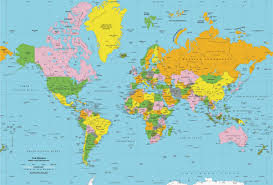| Course Objectives Networking is taking an evolutionary path that will allow voice and video - real time services - to successfully exist with data on the same network. This will allow new ways for organizations to effectively communicate with increased productivity, flexibility, and lower cost. It will also give networking product developers, telecom product developers, and service providers’ new opportunities to expand their offerings for greater revenue. | |||
Target Audience Telecom professionals interested in providing new services and products for the data/tele convergence market. Data and networking professionals that want to reduce network costs by converging voice, video, and data over their internet/intranet.
Prerequisites An awareness of LANs-Local area networks, WANs-wide area networks and an understanding of TCP/IP.
Students Will Learn
• Understand the components necessary for successful voice over IP.
• Become aware of the economics driving voice and fax over IP.
• Compare priority mechanisms like 802.1x and newly evolved ones for IP.
• Compare data priority mechanisms to ATM.
• Become aware of router performance and its affect on voice and video.
• Understand how IP (Internet Protocol) carries a VoIP packet
• The essentials of signaling and when to use SIP, MEGACO, H.323, or MGCP
• The importance of QoS (jitter, packet delay, packet loss)
• Compare IP, ATM, and Frame Relay voice/data networks
• Security issues to consider when setting up your VoIP and much more...
Course Outline
I. VOICE AND VIDEO APPLICATIONS
A. Implementation
B. Products
C. Dial tone on the Internet/Intranet
D. Local and international voice
E. Fax over the Internet/Intranet
II. OVERVIEW OF TCP/IP
A. IP characteristics
B. TCP/UDP characteristics
C. The lack of TCP/IP to support real time services
D. TCP/IP’s evolution
E. TCP/IP Next Generation Protocols
F. RTP and RRTP
G. IP version 6
H. RSVP
III. VOICE AND VIDEO NETWORK STRUCTURE
A. Shared Ethernet LAN
B. Switched 10/100/1000 Ethernet
C. ATM infrastructure
D. Gigabit Ethernet
E. Voice and video over frame relay
F. Frame relay modifications/standards for voice/video support
G. Packets Over SONET (POS)
H. Wave Division Multiplexing (WDM)
I. Routers in the Internet/Intranet
J. Routing protocols: RIP, OSPF, IGRP, EIGRP
K. Routing protocols and their advantages/disadvantages
L. Routers versus switching
M. IP Switching or Layer 3 Switching
N. Router and switch design for successful voice/video support
O. Acceptable time delay budgets and how to reduce them
IV. INTERNET/TNTRANET INFRASTRUCTURE
A. Home/Office access technologies
B. Dial-up modems advantages and disadvantages
C. ISDN
D. XDSL
E. Cable TV Internet access
F. Internet structure
G. Network Access Points (NAPs), including MAE East and MAE West
H. Peering arrangements
I. Intranet/internet performance measurements
V. PRIORITY MECHANISMS FOR REAL TIME SERVICE SUPPORT
A. Quality Of Service (QOS)
B. Class Of Service (COS)
C. 802.1 p and q
D. Proprietary solutions
VI. VOICE AND VIDEO NETWORK STANDARDS
A. H.324
B. Signalling, Common Channel Signaling and PBX Interfacing
C. G.72x compression techniques, advantages and disadvantages
D. RSVP and RTP
VII. OVERVIEW OF NETWORK/WORSTATION HARDWARE AND SOFTWARE
A. PC components required for voice and video communication
B. Universal Serial Bus (USB)
C. PCI video cards
D. Sound cards
E. Vendor software
F. IP Gateways
G. Voice connection to routers
Delivery Method
Instructor led with numerous exercises and demonstrations.
A classroom with appropriate seating, writing surface, screen for data projector and a whiteboard with markers.





































